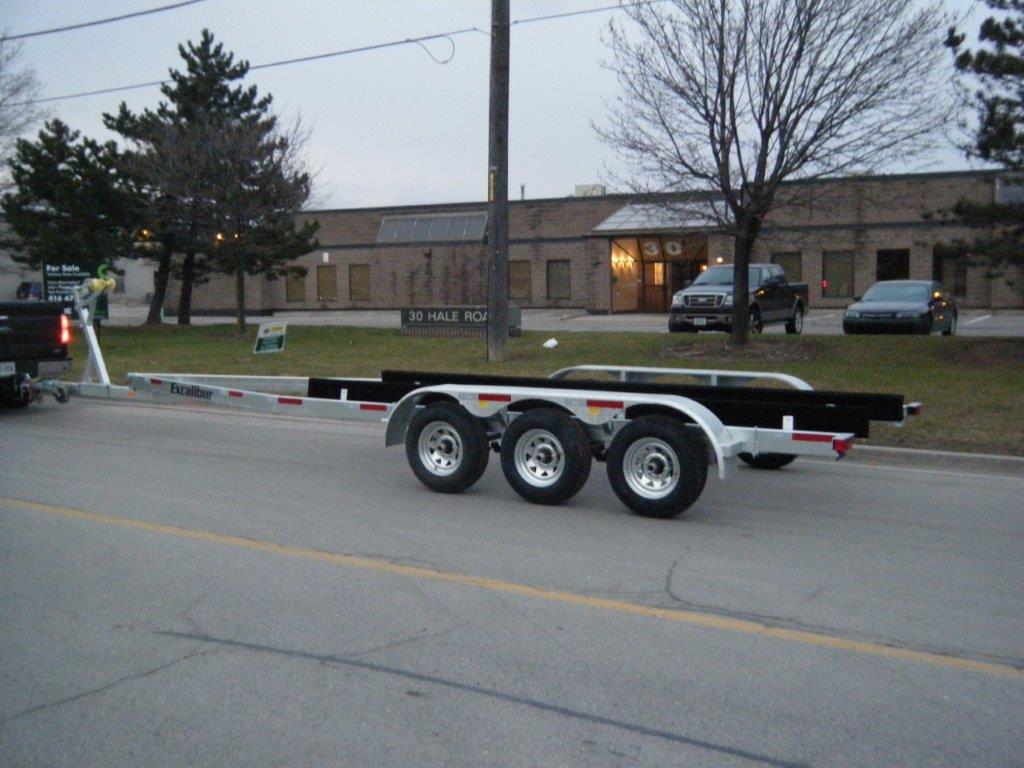Boat Safe is a community supported site. We may earn commission from links on this page, but we have confidence in all recommended products.
So it’s that time of year again and you’re ready to get the boat up on a trailer and haul it down to the water. Whether you’re boating for fun, to get in some fishing, or just relaxing on the water, you need to make sure you can get there safely. Securing it in place on the trailer is all well and good, but are you sure your trailer is ready for the long haul?
Too often there’s one part of that pre-drive checklist we forget. You can make sure the boat is secure, the trailer hitch is secure, and all the lights and so on are working. But what about the tires? You need to check the pressure in your boat trailer tires, especially if this is your first time heading out for the season. It’s easily forgotten, but having poor tire pressure in your boat trailer tires can lead to a number of problems when hauling your boat.
Tire pressure will vary from one trailer tire size to another. That said, for boat trailers you are probably looking at tire air pressure that is somewhere between 50 psi and 65 psi. You’ll notice that’s considerably higher than the pressure in your truck tires. Passenger vehicle tires tend to be around 32 psi.
The tires on your trailer have to endure a heck of a lot on their trip. A boat can weigh thousands of pounds and that would be putting a lot of strain on tires even if they were parked. But with the added stress of driving and the friction created, things become even more potentially damaging. Not to mention bumps or variations in the road that can cause stress as well. For that reason, you always want to inflate your tires to the maximum recommended pressure.
If you don’t know the correct tire pressure recommended for your trailer tires, don’t worry.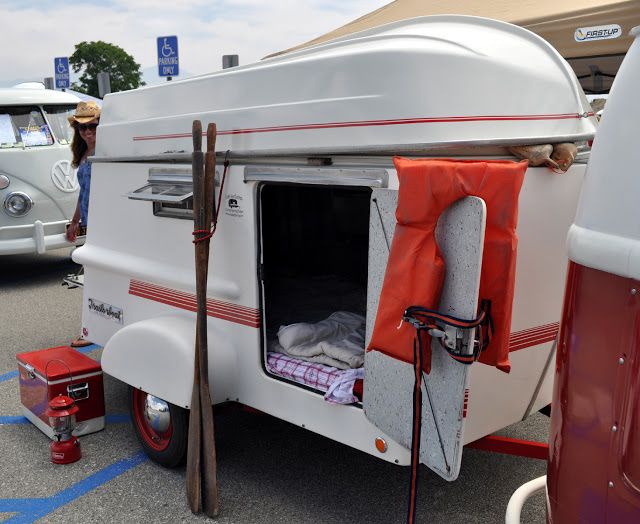 This should be listed right there on the side of the tire. You’ll see something along the lines of “Max. load” and then a number followed by PSI. That number is what you want the tires inflated to.
This should be listed right there on the side of the tire. You’ll see something along the lines of “Max. load” and then a number followed by PSI. That number is what you want the tires inflated to.
All new boat trailers should have a VIN sticker located on the frame. This will tell you the max capacity of your trailer tires as well as the load capacity of the trailer as well. It’s really important to check this stick on used trailers. Used trailers may look great and they can be a good value, but the tires may be wrong. A lot of owners will end up swapping tires over the years and the trailer may have ended up with the wrong tires equipped, so compare what is actually on the trailer to what’s on the VIN sticker to make sure they match.
If there is no sticker, check out the manufacturer of the trailer and see if you can look it up online. You may need to actually call the manufacturer and check as well. If you can’t find any manufacturer information then you could be gambling on the trailer and tires with no information to go on.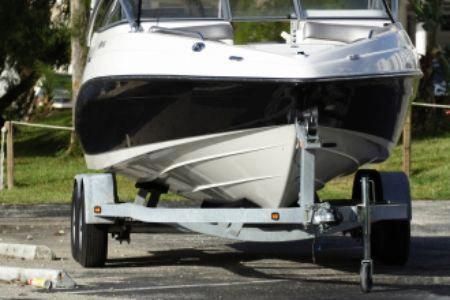 You may need new tires with a load rating that is clear so you know how much weight you can handle and the maximum pressure without worrying about it.
You may need new tires with a load rating that is clear so you know how much weight you can handle and the maximum pressure without worrying about it.
Tires can look like they’re well-inflated and still be quite far from their max capacity so you want to check them to be sure with a pressure gauge. You have to do this with cold tires to get an accurate reading. If you’ve been driving for a while the number will be off. This is because friction heats up the tire and will increase the pressure reading as a result. Make sure the tires have had a chance to cool down. Likewise, if your trailer has been parked in the hot sun for a while the numbers could be off by one or two PSI. Also, don’t forgot to check your spare tire.
That max load part of the notation is important. It will tell you that your trailer tires should be inflated to a certain level to haul a certain amount of weight. To calculate that weight, you need to include the weight of the boat you’re hauling plus the trailer itself. We can help you calculate that by checking out the math over here if you’re not sure. Failing that, you can head to a truck scale. This is the best way to get a fully accurate weight rating. It will include your trailer, your boat and all your gear in one. If your trailer is overloaded, you’ll be putting extra stress on those tires and they may not be able to handle it all.
We can help you calculate that by checking out the math over here if you’re not sure. Failing that, you can head to a truck scale. This is the best way to get a fully accurate weight rating. It will include your trailer, your boat and all your gear in one. If your trailer is overloaded, you’ll be putting extra stress on those tires and they may not be able to handle it all.
Overloaded tire wears out much faster than they normally would. They also put you at greater risk of failure on the road. A bump or pothole than a tire handling a regular load could go over without incident might cause an overloaded tire to explode.
Load range is indicated by a letter that will be on the sidewall of your tire. You’re looking for B, C, D, or E. E is the heaviest load range and is less likely to be found on a boat trailer that you’re using to haul a personal boat. Also, B is on the lighter side and will likely not be a practical trailer tire for hauling a boat either. That means most trailer tires will be labeled as C or D.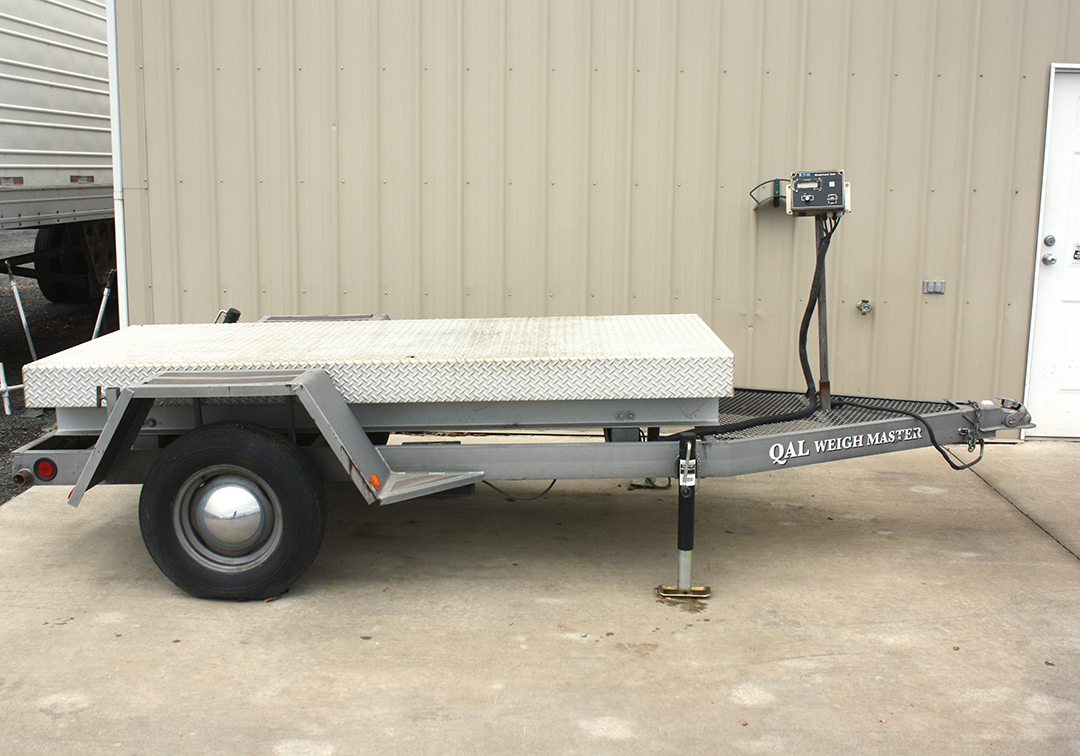
C is a very common load range for most boat trailer tires and indicates that the tire can handle a load up to 1,820 pounds. You have two tires on an axle so, if you have a single axle trailer, then your tires are rated to handle a load up to 3,640 lbs. That doubles for double axle trailers. Remember, that number covers everything. That’s the weight of your trailer, the boat, your propane tanks, your gear and everything you have stacked on top of those tires.
D range tires can handle up to 2,540 lbs per tire at 65 psi or 5,080 per axle. And if you ended up with E range somehow they would handle up to 2,830 pounds or 5,660 at 80 psi per axle.
This happens sometimes with passenger car tires but people will do it to boat trailer tires as well. If the max capacity is 65, maybe they’ll go to 67 or more, just to ensure they’re fully inflated. This is not a good idea and will cause tire wear. Overinflated tires do not wear out evenly. The center of the tire begins to push out and that causes it to wear faster than the sides. As it wears down, one side will take the brunt of the road and the friction more than the other, further adding to imbalance. This will occur unevenly across all the tires.
The center of the tire begins to push out and that causes it to wear faster than the sides. As it wears down, one side will take the brunt of the road and the friction more than the other, further adding to imbalance. This will occur unevenly across all the tires.
The end result is that your tires will wear out much faster than normal and you’ll be spending more time and money replacing them. In addition, while you are using them, they’re going to offer a much rougher ride overall. The potential for something failing and causing an accident increases significantly.
Just like an overinflated tire can be a danger, so too can an underinflated one. Tires are designed with balance in mind and that balance is achieved at optimal inflation. If you have less air than necessary the tire sags and more rubber is in contact with the road than is supposed to be. This ends up causing faster wear overall. Whatever the max towing capacity is of your trailer tires, it will go down for every PSI under the proper amount that they’re being used at.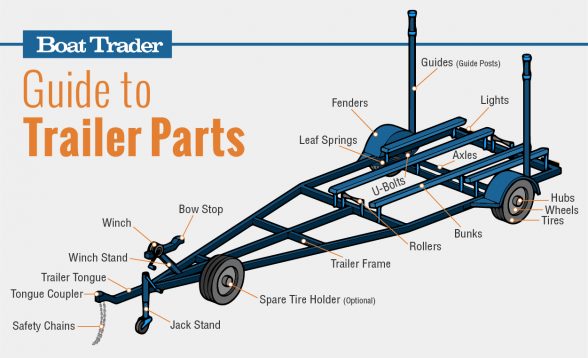 That means that, even if your trailer and boat are under the maximum capacity listed, you could still potentially have an overloaded trailer.
That means that, even if your trailer and boat are under the maximum capacity listed, you could still potentially have an overloaded trailer.
Because capacity can vary from tire to tire and based on how low the air in your tires could be, there is no reliable way to gauge how this works. That, in turn, means you won’t know just how overloaded your tires really are if they are underinflated. That could be very dangerous.
More rubber on the road will cause greater friction across the whole tire. That friction make the tires overheat and becomes damaging in the long term and wears on the rubber. In a worst case scenario it can cause the entire tire to fail and blow out.
The bigger your boat and trailer are, the more cautious you need to be in general when towing. You already know that maneuvering and braking can take more caution than normal. Underinflated tires make these aspects of towing even more difficult. Because the tires are overtaxed, if there is an emergency and you need to break or steer clear of something quickly, this can become both incredibly hard and incredibly dangerous.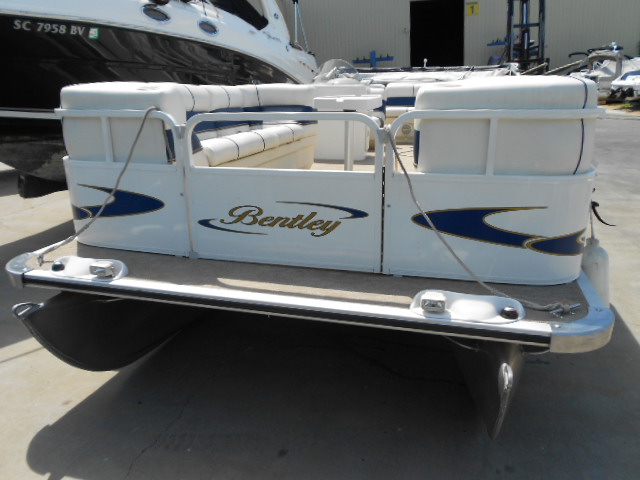 Even taking steep hills or sharp turns can become much harder for you.
Even taking steep hills or sharp turns can become much harder for you.
Another problem most people don’t think about is how this affects your trailer as a whole. Underinflated tires put more of the burden of towing on the trailer itself, in particular the frame and axles. The suspension will also suffer because the whole trailer is not supported as it’s supposed to be, so you could potentially wear that out sooner as well.
These days this is the one that is really going to hit you where it hurts. Underinflated tires make hauling your trailer harder. Your tow vehicle needs to work harder and burn more fuel to get worse results. That means you’re wasting money on fuel to get where you’re going. It’s because underinflated tires create more resistance on the road. Instead of just towing like you should be, you’re devoting energy to dragging.
Before the start of every season, make sure you’re checking not just things like your trailer guides but the tires thoroughly.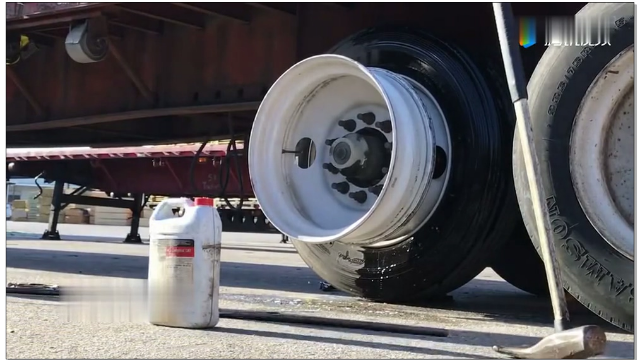 Look for any cracks or signs of wear. Tire covers can help prevent this when not in use. Make sure the treads are still good and the lugs and other parts of the tire are secure and free from excessive corrosion or wear. Check that tire pressure and make sure it’s balanced across all the tires. Remember, keep it to the highest level recommended for the best possible ride. Well maintained boat trailer tires can make your boating experience much better. As always, stay safe and have fun.
Look for any cracks or signs of wear. Tire covers can help prevent this when not in use. Make sure the treads are still good and the lugs and other parts of the tire are secure and free from excessive corrosion or wear. Check that tire pressure and make sure it’s balanced across all the tires. Remember, keep it to the highest level recommended for the best possible ride. Well maintained boat trailer tires can make your boating experience much better. As always, stay safe and have fun.
The boat trailer tire pressure is very important so you can tow your boat safely on the road. Although it’s very important, it often gets overlooked. By checking your tire pressure before you head out on the open road you are making sure that you are not going to be a potential safety hazard and endanger many people. It’s also the correct and responsible thing to do before you leave for a long trip. Here are a few things you need to take into consideration before you leave for your adventure.
Boat trailer tires demand a high level of air pressure. When inflating your tire, the pressure gauge should show between 50 and 65 psi. In reality, the proper tire pressure for your boat trailer is nearly always the maximum-rated pressure for that specific tire, which is molded directly onto the sidewall. Maintaining proper trailer tire psi and tire inflation is crucial for hauling safely. Otherwise, the trailer may cause problems for the passenger car.
Tire pressure affects how much weight a tire can safely bear. The trailer’s load carrying capacity is calculated using that exact tire pressure as a consideration. If you pull your boat out of the driveway with less than the maximum pressure in the trailer tires, you have essentially lowered the trailer’s weight capability. Underinflated and consequently overloaded trailer tires are the main cause of tire failure; the tires overheat and come apart.
The sidewall of a tire reveals everything: size, capacity, age, and, most importantly, function. A boat trailer tire will feature the letters “ST” or the phrase “Trailer Use Only” on the sidewall. Special trailer tires, unlike vehicle tires, have reinforced sidewalls to withstand the weight of a boat, particularly while rounding curves.
A boat trailer tire will feature the letters “ST” or the phrase “Trailer Use Only” on the sidewall. Special trailer tires, unlike vehicle tires, have reinforced sidewalls to withstand the weight of a boat, particularly while rounding curves.
Bias ply or radial is the choice you have of trailer tires. Bias-ply tire sidewalls are stiffer and less costly than radials, and they are recommended if the trailer will not be utilized for long distances. Radials are a much better option for lengthy journeys since they have less heat accumulation than bias ply, a higher load capacity, and less road noise. Use just bias ply or radials; never combine the two.
When anything is wrong with your tires, they will typically offer you many different clues before becoming the subject of discussion. Too much tire pressure produces wear in the middle of the tire, whereas too little tire pressure causes wear on the outer edges. You can easily inspect this before every journey by checking your tires to make sure you are as safe as possible.
Trailer tires, like any other tire, have a load range. The load range is marked on the sidewall and ranges from the lowest weight the tire can bear to the heaviest. Load range is a measurement of a tire’s maximum ability to transport a boat and trailer. The load range of most boat trailer tires is B, C, or D. A tire with load range C can handle 1,820 pounds. If it is a single axle trailer, it means that the tires will be able to support 3,640 pounds of total weight which also includes the weight of the trailer itself, the boat, gasoline, engine, and anything else on the boat. Single-axle trailers may carry the full load rating. Loads must be decreased by 12% for double-axle trailers. Psi rises as the load range expands.
The tread depth of automobile and boat trailer tires may be measured using a Lincoln penny. Place the penny on the tread upside down. If you can see the top of the president’s head through the tread, it’s time to start searching for new tires.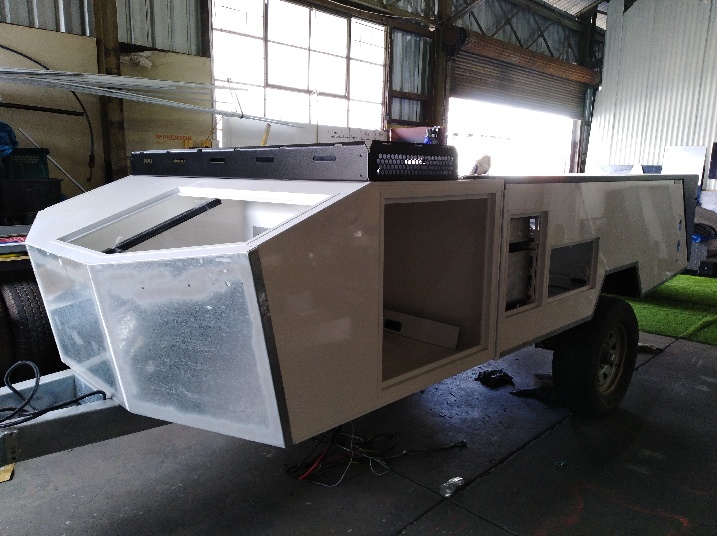
Examine the sidewalls for spiderweb fractures, which indicate dry rot. If you find this on your tires you need to change them as soon as possible to make sure you are not left stranded on the side of the road with a flat tire.
The valve stem, which is often ignored, may be the source of persistently low tire pressure. Listen for any loss of air by pressing your finger on one side of the stem. If you feel like air is escaping, act fast to prevent any dangerous situations on the road. Make sure you plug the leak if you know how to yourself or get new tires as soon as possible.
Setting the recommended boat trailer tire pressure is one of the most important things you need to do before heading out. Applying all of the practices above will ensure that you are as safe as you can be on the road when towing your boat. Make sure you check everything on our list above to maximize your safety and the safety of other motorists on the road.
(
Updated:
15/07/2021
)
Article content
What should be the tire pressure for a light trailer?
The safety of all road users and the life of the tires depend on the correct answer.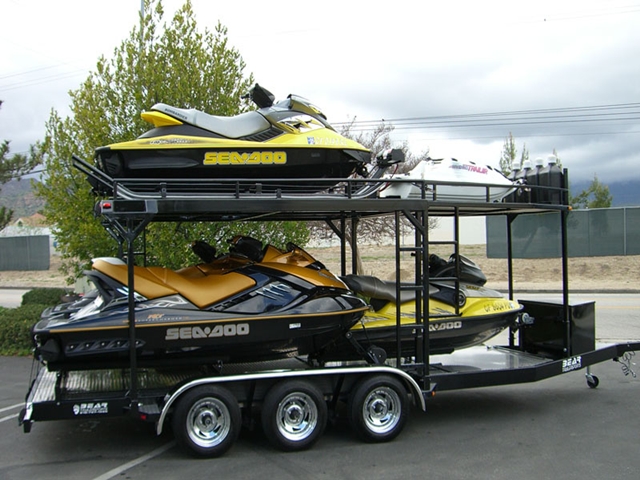 After all, pumped tires can burst on the go, causing an accident, and flat tires are erased around the edges in a couple of seasons. And if you have a passenger car (mini-tractor or walk-behind tractor), you should read this article and find out the control rules, as well as the permissible tire pressures for a single-axle or two-axle trailed construction.
After all, pumped tires can burst on the go, causing an accident, and flat tires are erased around the edges in a couple of seasons. And if you have a passenger car (mini-tractor or walk-behind tractor), you should read this article and find out the control rules, as well as the permissible tire pressures for a single-axle or two-axle trailed construction.
According to the generally accepted classification, a trailer structure for a passenger car (motoblock, mini-tractor) can be:
In addition, trailer structures can be universal or special. On universal models, you can carry anything. Special options are designed for a specific type of cargo, so they include:
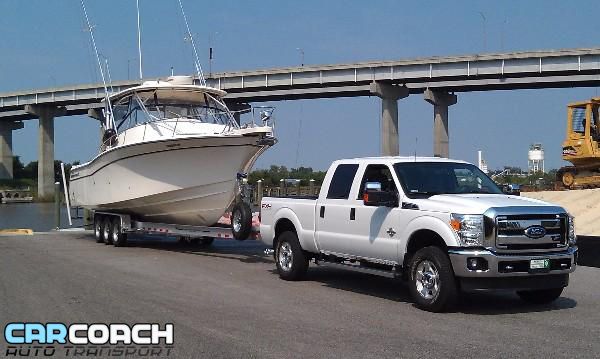
Trailer tire pressure depends on load capacity and construction format. In addition, it is affected by the ambient temperature, the type of suspension, and the design features of the drawbar.
Remember, the recommended tire pressure for a heavy or light trailer tire is determined only by the manufacturer. Therefore, the permissible pressure values are displayed in the technical data sheet of the trailed structure. There are two numbers in this document: the pressure in the tires for single and dual placement on the axle.
In most cases, a car wheel is inflated to 2-2.1 atmospheres. Do the same with trailer tires. However, the pressure in the wheels of a walk-behind tractor trailer can be significantly less. For example, a cargo trailer for a car or motoblock model UAZ-8109 (Ishimmashzavod) allows only 1.1 atmospheres. The Skif-500 and Skif-700 models are designed for the same indicator.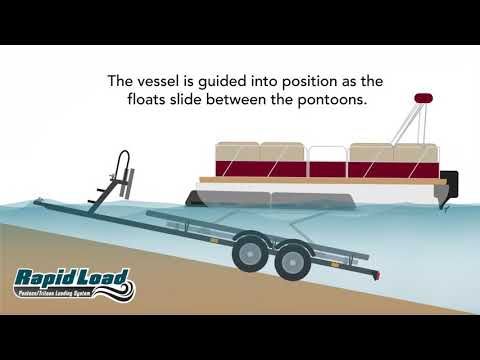
Boat trailer tire pressure does not fall below 2 atmospheres. However, the boat trailer model 81771A of the Moscow Special Vehicles Plant allows pressure up to 2.1-2.4 atmospheres.
Summer Drive Protection Sound Comfort
Rating:
4.5
Tires Goodyear Eagle F1 Asymmetric 3 SUV
Summer Drive protection
Rating:
4.5
Tires Goodyear Eagle Sport TZ
Summer Drive protection
Rating:
4.5
Tires Goodyear EfficientGrip 2 SUV
Summer Drive Protection Run On Flat
Rating:
4. 5
5
Tires Goodyear EfficientGrip Performance
Winter Drive protection
Tires Goodyear UltraGrip Arctic 2 SUV
Winter Drive Protection Sound Comfort
Rating:
4.5
Tires Goodyear UltraGrip Ice 2
Winter Drive Protection Sound Comfort
Rating:
4.5
Tires Goodyear UltraGrip Ice SUV
Winter Drive protection
Tires Goodyear UltraGrip Performance+ SUV
All season Drive protection
Rating:
5
Tires Goodyear Vector 4Seasons Gen-3 SUV
Summer Drive Protection Run On Flat
Rating:
4
Tires Goodyear Wrangler HP All Weather
All season Drive protection
Rating:
4.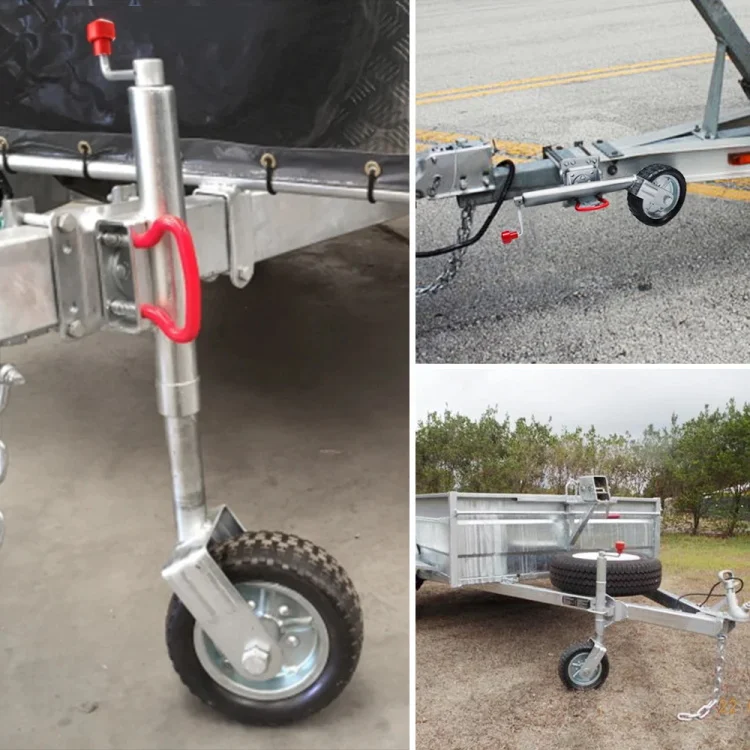 5
5
Tires Goodyear Vector 4Seasons
Summer
Rating:
4.5
Tires Goodyear Wrangler All-Terrain Adventure with Kevlar
Summer Drive protection
Rating:
4.5
Tires Goodyear EfficientGrip SUV
Summer Drive Protection Run On Flat
Rating:
4
Tires Goodyear Eagle F1 Asymmetric SUV
Tire pressure can be checked at any workshop.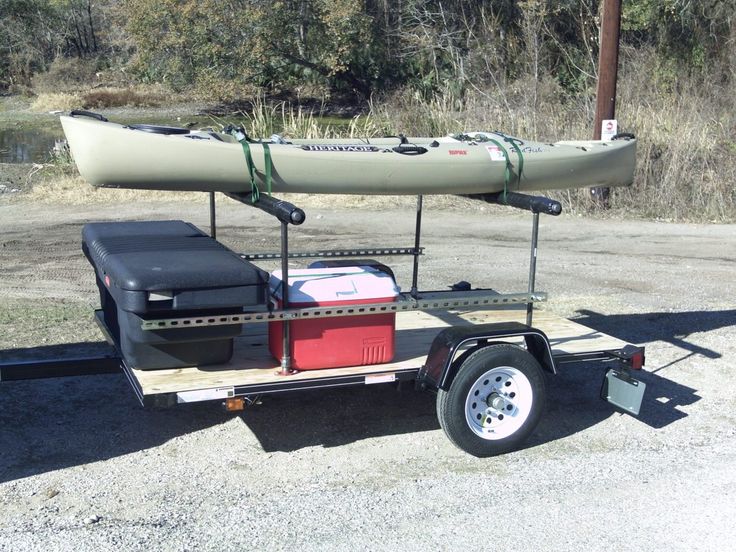 In addition, this can be done with a pressure gauge by connecting the device to the tire nipple. If you don’t want to check tire pressure for money or mess with a pressure gauge, buy a simple display system (caps with labels) or a full-fledged controller connected to a car computer via a wireless channel. Using these devices, you can control the amount of atmosphere in the tire at any time.
In addition, this can be done with a pressure gauge by connecting the device to the tire nipple. If you don’t want to check tire pressure for money or mess with a pressure gauge, buy a simple display system (caps with labels) or a full-fledged controller connected to a car computer via a wireless channel. Using these devices, you can control the amount of atmosphere in the tire at any time.
Why do this? First of all, to extend the life of the tread. If you overinflate a tire, the tread will wear off in the central part of the contact patch. If you carry loads on a flat tire, the tread will wear off along the edges of the contact patch. In any case, the wheel will last no more than three years (and not 4-5, as stated in the passport).
In addition, to prolong the life of the wheels, you need to think about the degree of appearance of the trailer structure and the speed of the hitch. If the operation of trailers for a walk-behind tractor does not allow a load of more than 500 kg and a speed of more than 80 km / h, do not try to carry a heavier load in the body.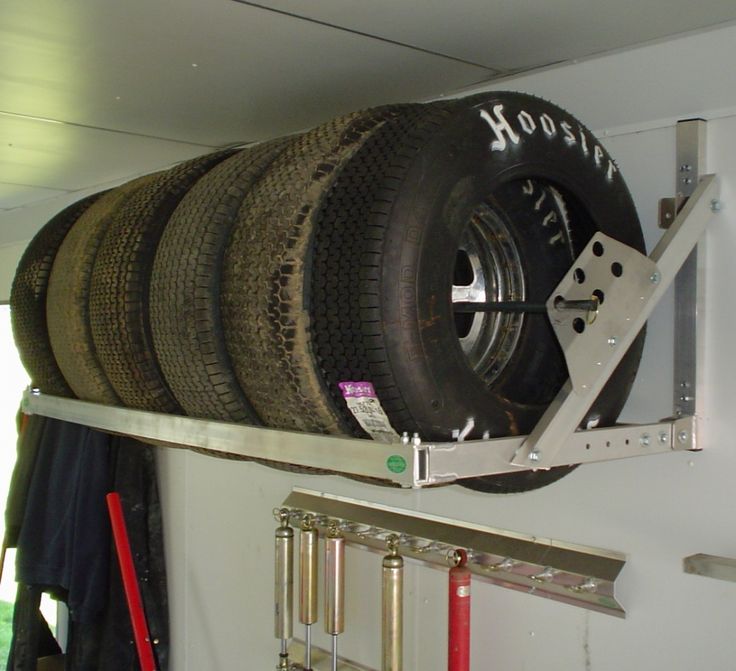 And under no circumstances accelerate above the speed limit. Otherwise, the structure will fall apart on the move or push the car into a ditch, using the force of inertia when passing a sharp turn.
And under no circumstances accelerate above the speed limit. Otherwise, the structure will fall apart on the move or push the car into a ditch, using the force of inertia when passing a sharp turn.
Find Goodyear tires for your car
Contents
 Checking schedule
Checking schedule
It is recommended to control the pressure in the tires of a truck during continuous operation using sensors 2 times a week.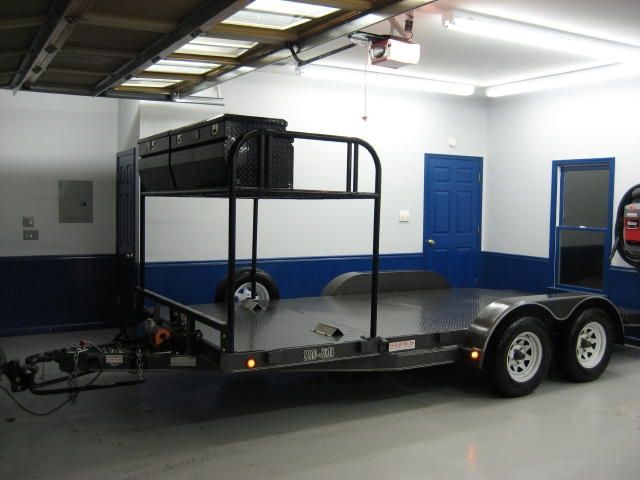 This must be done in cold rubber (the tire temperature is equal to the ambient temperature), since during active use the tire heats up, which leads to an increase in performance. When pumping cold tires, they are guided by the manufacturer's recommendations.
This must be done in cold rubber (the tire temperature is equal to the ambient temperature), since during active use the tire heats up, which leads to an increase in performance. When pumping cold tires, they are guided by the manufacturer's recommendations.
Incorrectly adjusted tire pressure in trucks leads to unpleasant and sometimes very dangerous consequences.
A decrease in this characteristic below the norm causes:
Negative consequences of pressure exceeding the norm:
Deviations from the nominal value both upwards and downwards lead to an increase in fuel consumption and a decrease in ride comfort. Reduced tire life can cause accidents and significantly increase operating costs.
Pressure indicators for trucks are divided into three types: If one value is specified, then it is intended for an empty car. For heavy loads or long journeys without luggage, it is recommended to inflate the tires by 0. 3-0.5 bar.
3-0.5 bar.
To select the truck tire pressure yourself, follow:
Table of optimal air pressure in truck tires for twin wheels, usually mounted on the rear axle, at different loads
| 6.3 | 7.1 | 10.9 at 7.8 bar | |||
| 5.8 | 6.5 | 7.25 | 050812 at a pressure of 8 bar | ||
| 5.5 | 6.25 | 7.0 | 7.8 | 8.5 | 13 at a pressure of 8.5 bar |
| 4,8 | 5.5 | 6.0 | 6.6 | 7.2 | 14.6 at a pressure of 7.5 bar |
| 5.25 | 6.0 | 6.8 | 7.5 | 11.6 at 8 bar | |
| 5.8 | 6.5 | 7.25 | 8.0 | 12.6 at a pressure of 8.5 bar | |
| 6.2 | 6.5 | 7.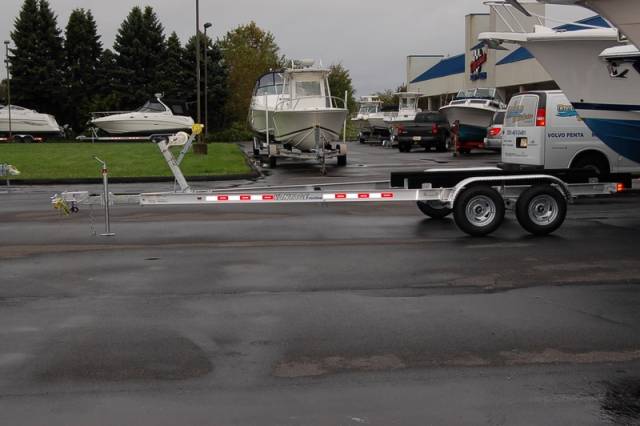 5 5 | 7.8 | 13.4 at a pressure of 8 bar | |
| 6.6 | 7.4 | 8.3 | 11.6 at a pressure of 8.8 bar | ||
| 6.5 | 7.3 | 8.29.0 | 12, 0 at 9 bar | ||
| 5.8 | 6.5 | 7.3 | 8.0 | 12.6 at 95 bar | |
| 6.0 | 6.5 | 7.3 | 8.2 | 8.6 | 13.4 at a pressure of 9 bar |
| 7, 4 | 8.2 | 12.6 at a pressure of 8.5 bar | |||
| 5.2 | 5.75 | 6.4 | 7.1 | 7.75 | 13,4 pressure 8 bar |
Table of optimal pressure in truck tires for single wheels, usually mounted on the front axle, at different loads
Source
The safety of all road users and the life of the tires depend on the correct answer.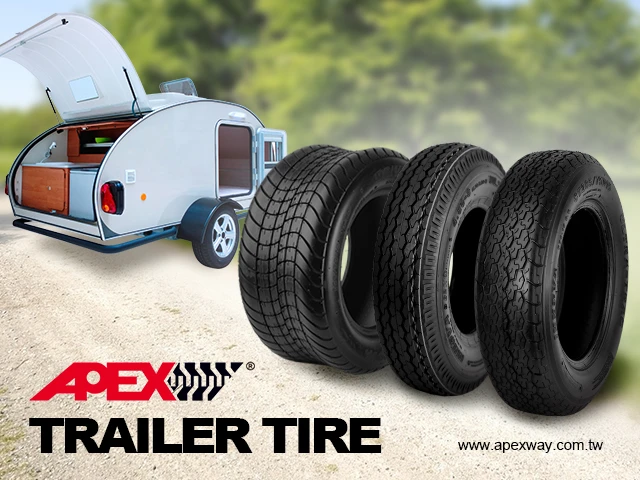 After all, pumped tires can burst on the go, causing an accident, and flat tires are erased around the edges in a couple of seasons. And if you have a passenger car (mini-tractor or walk-behind tractor), you should read this article and find out the control rules, as well as the permissible tire pressures for a single-axle or two-axle trailed construction.
After all, pumped tires can burst on the go, causing an accident, and flat tires are erased around the edges in a couple of seasons. And if you have a passenger car (mini-tractor or walk-behind tractor), you should read this article and find out the control rules, as well as the permissible tire pressures for a single-axle or two-axle trailed construction.
According to the generally accepted classification, a trailer structure for a passenger car (motoblock, mini-tractor) can be:
In addition, trailer structures are universal or special. On universal models, you can carry anything. Special options are designed for a specific type of load, so they can be counted:
The tire pressure of the trailer depends on the load capacity and design format. In addition, it is affected by the ambient temperature, the type of suspension, and the design features of the drawbar.
Remember, the recommended pressure in a heavy or light trailer tire is determined only by the manufacturer. Therefore, the permissible pressure values are displayed in the technical data sheet of the trailed structure. There are two numbers in this document: the pressure in the tires for single and dual placement on the axle.
Therefore, the permissible pressure values are displayed in the technical data sheet of the trailed structure. There are two numbers in this document: the pressure in the tires for single and dual placement on the axle.
In most cases, a car tire is inflated to 2-2.1 atmospheres. Do the same with trailer tires. However, the pressure in the wheels of a walk-behind tractor trailer can be significantly less. For example, a cargo trailer for a car or walk-behind tractor model UAZ-8109(Ishimmashzavod) allows only 1.1 atmospheres. The Skif-500 and Skif-700 models are designed for the same indicator.
Boat trailer tire pressure does not fall below 2 atmospheres. However, the boat trailer model 81771A of the Moscow Special Vehicles Plant allows pressure up to 2.1-2.4 atmospheres.
Tire pressure can be checked at any workshop. In addition, this can be done with a pressure gauge by connecting the device to the tire nipple.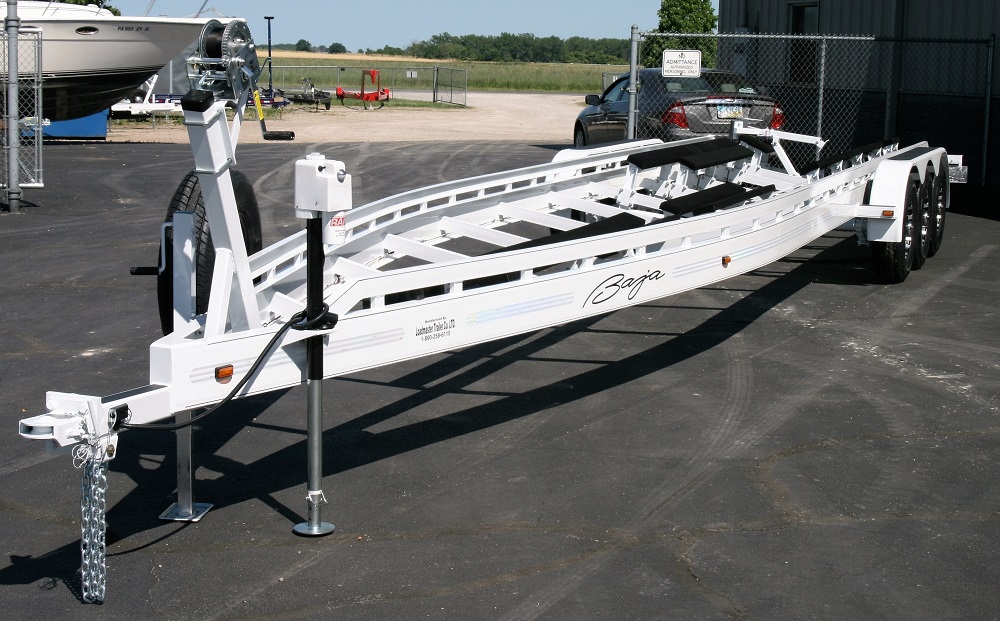 If you don’t want to check tire pressure for money or mess with a pressure gauge, buy a simple display system (caps with labels) or a full-fledged controller connected to a car computer via a wireless channel. Using these devices, you can control the amount of atmosphere in the tire at any time.
If you don’t want to check tire pressure for money or mess with a pressure gauge, buy a simple display system (caps with labels) or a full-fledged controller connected to a car computer via a wireless channel. Using these devices, you can control the amount of atmosphere in the tire at any time.
Why do this? First of all, to extend the life of the tread. If you overinflate a tire, the tread will wear off in the central part of the contact patch. If you carry loads on a flat tire, the tread will wear off along the edges of the contact patch. In any case, the wheel will last no more than three years (and not 4-5, as stated in the passport).
In addition, to prolong the life of the wheels, you need to think about the degree of appearance of the trailer structure and the speed of the hitch. If the operation of trailers for a walk-behind tractor does not allow a load of more than 500 kg and a speed of more than 80 km / h, do not try to carry a heavier load in the body. And under no circumstances accelerate above the speed limit.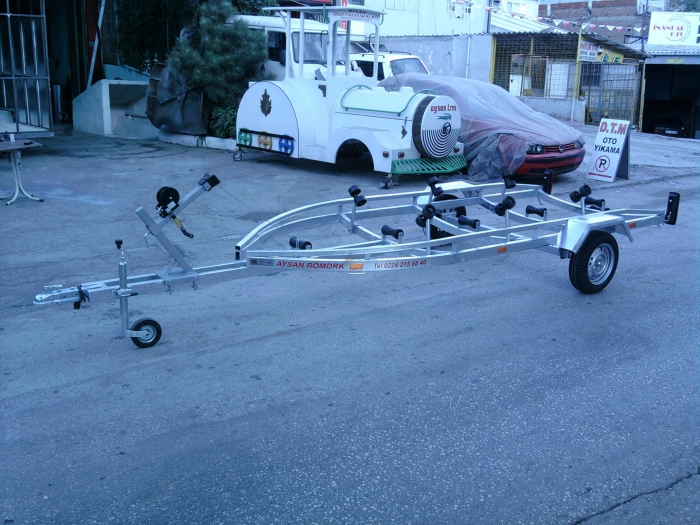 Otherwise, the structure will fall apart on the move or push the car into a ditch, using the force of inertia when passing a sharp turn.
Otherwise, the structure will fall apart on the move or push the car into a ditch, using the force of inertia when passing a sharp turn.
"Price from" means the suggested retail price of the item and may differ from the price offered by GOODYEAR dealers. The materials presented on this site are for informational purposes only and are not a public offer in accordance with Article 437 of the Civil Code of the Russian Federation.
* Check with the respective dealer for the terms of each active promotion. The materials presented on this site are for informational purposes only and are not a public offer in accordance with Article 437 of the Civil Code of the Russian Federation
Source
Each automaker must indicate what tire pressure should be for optimal operation of the car. Compliance with the permissible thresholds is mandatory, if the conditions are violated - this can cause negative consequences:
Together, the factors reduce driving comfort.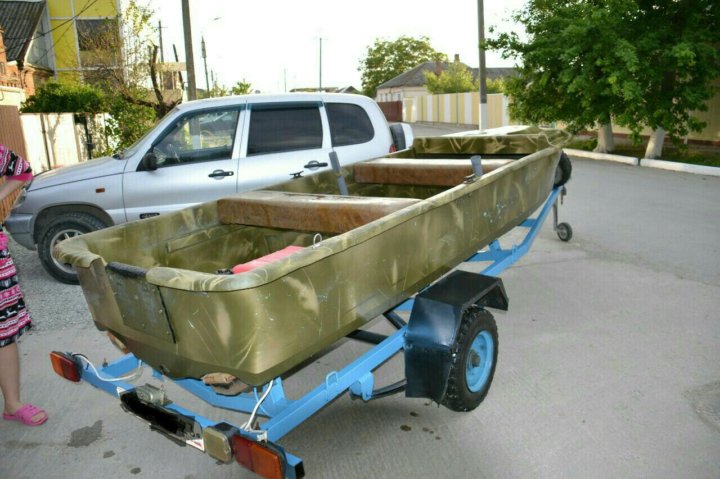 Therefore, the recommended pressure must be observed, despite the arguments of "experienced" motorists. The correct amount of air inside the tires guarantees the necessary safety while riding.
Therefore, the recommended pressure must be observed, despite the arguments of "experienced" motorists. The correct amount of air inside the tires guarantees the necessary safety while riding.
The difference between them is the scope. In the CIS countries, technical atmospheres, pascals and the metric system (Kg / cm²;) are popular. In Europe and America, measurements are made in pounds per square inch and bar.
The ratio of units of measurement between themselves:
For the period of summer heat, it is important to forcefully lower the tire inflation. When the air temperature rises and the asphalt heats up, the tires also heat up, which leads to an increase in the volume of air inside the cylinder. For example, while driving on the highway, spontaneous expansion increases the pressure by 0.2-0.3 BAR, which provokes tire wear and ride stiffness.
Valid for sedan, jeep and truck regardless of cylinder design.
For winter operation, it is recommended to pump the tires in reverse. The fact is caused by the reverse reaction of air to freezing - the density of the gas increases, which provokes a pressure drop.
When leaving a warm garage, the temperature drop can be up to 30 °C, which will certainly cause a pressure drop of 0.3-0.4 atm. Therefore, it is first necessary to pump over the rubber by the amount of change. This is true for the rear and front wheels, while the type of car does not matter, whether it is an SUV or an urban liftback.
The service manual or a special plate will help determine the specific pressure, the tag is usually attached to the driver's door or under the hood.
While for passenger cars it is enough to set the nominal value once and maintain it, then it is more difficult with trucks.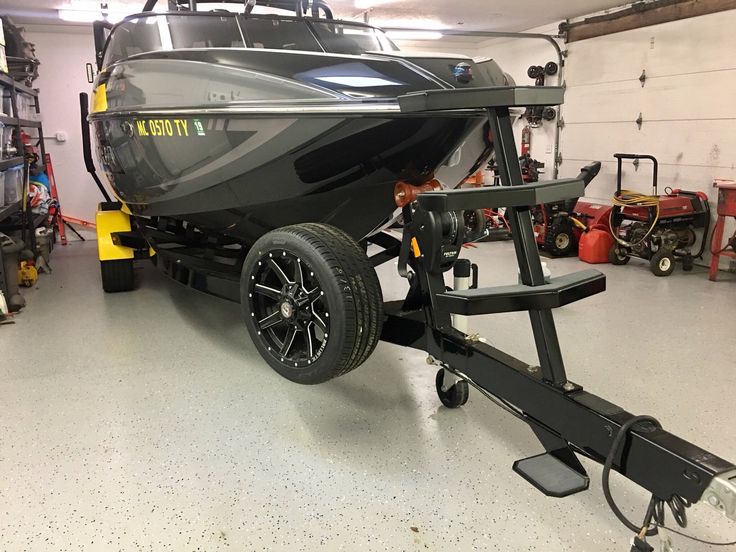 Typically, a truck is divided into a tractor and a semi-trailer / trailer (truck). Two thresholds are used here:
Typically, a truck is divided into a tractor and a semi-trailer / trailer (truck). Two thresholds are used here:
Normal inflation of truck tires is from 4.0 to 6.5 atm without loading, under weight the indicator increases by 0.5 - 1.0 units. The exact threshold depends on the model of car tires, type of transport, number of wheels and axle load.
Some manufacturers of tires such as Michelin or Continental put on the side walls the recommended parameters for the tire, but this does not take into account the design of the vehicle, and the axle where the product will be installed.
Source
How to use the calculator?
A trailer is a non-self-contained vehicle without an engine, used for the carriage of goods, being attached to a motor vehicle.
The main classification of trailers for passenger cars is based on the maximum authorized mass - trailer weight with load:
Light - GVW up to 750 kg
Heavy - GVW over 750 kg. This category is equipped with its own braking system.
A broader classification is the division by purpose:
- Dump trucks for bulk cargo
- Tanks for transporting liquids
- Flatcars transporting cars
5
- trailers for transporting equipment (boats, motorcycles, snowmobiles, water scooters, etc.)
- tourist residential modules on wheels
- platforms for nomadic bee hives
9000 9000- mobile trade pavilions
- Trailers for transporting animals
- Isothermal vans for the transport of dangerous goods
- Refrigerators for perishable goods and substances
 Inspection Schedule
Inspection Schedule
For reliable operation, it is necessary to correctly maintain the pressure in the tires of the car trailer. The safety of movement in the coupling, its controllability, as well as the service life of the wheels depend on this.
Insufficient inflation of tires leads to abrasion of the lateral parts of the tread, creases may appear on the rubber, spontaneous disassembly of the tire is possible.
Excessive pressure makes driving harder, the trailer bounces on bumps in the road, there is a danger of a wheel exploding. In addition, over-inflation wears out the central part of the tread faster.
On the vast majority of modern tires, the manufacturer indicates two main indicators that help you choose the right tire pressure:
Since the upper pressure limit is indicated for the case of the maximum allowable wheel load, it is recommended to take a value of 10% less as a working one.
When driving with a trailer without a load, the inflation is further reduced to avoid jumps on bumps in the road. Before loading, the tires are pumped up, the final control is carried out at the end of it.
Before loading, the tires are pumped up, the final control is carried out at the end of it.
Important! The correctness and uniformity of tire inflation should be checked before each ride. If the cargo is to be transported, the pressure is re-measured after it has been placed in the box.
During the hot season, it is recommended to additionally read the pressure gauge for the tires of the laden trailer on the road. The air in the tires expands when heated, the pressure increases, and this can lead to rupture of the rubber.
Pressure is measured with a special device - a manometer. Its main advantage is accuracy. Therefore, it is better not to save money, but to purchase a quality device. The use of pumps with built-in pressure gauges can give a noticeable error.
The main unit of measurement for tire pressure in Russia is Atmosphere (1 atm = 1 kgf/cm2). Due to close values, it is conditionally equated to the Bar ( 1 bar. = 0, 98 atm.).
Due to close values, it is conditionally equated to the Bar ( 1 bar. = 0, 98 atm.).
Foreign manufacturers often use Psi (1 psi = 1 psi) and Kilopascal. All units are easily converted to each other using the following formulas:
To improve caravan handling, increase traffic safety and extend tire life, a number of simple rules should be followed:
in tires
How do I use the calculator?
Correct tire pressure for car owners is not an idle question. It affects the rate of wear of rubber, the quality of vehicle control, driving safety, fuel consumption. To control the level of inflation of the wheels, you need to know what the pressure in the tires of the car is measured in, and what devices are used for this.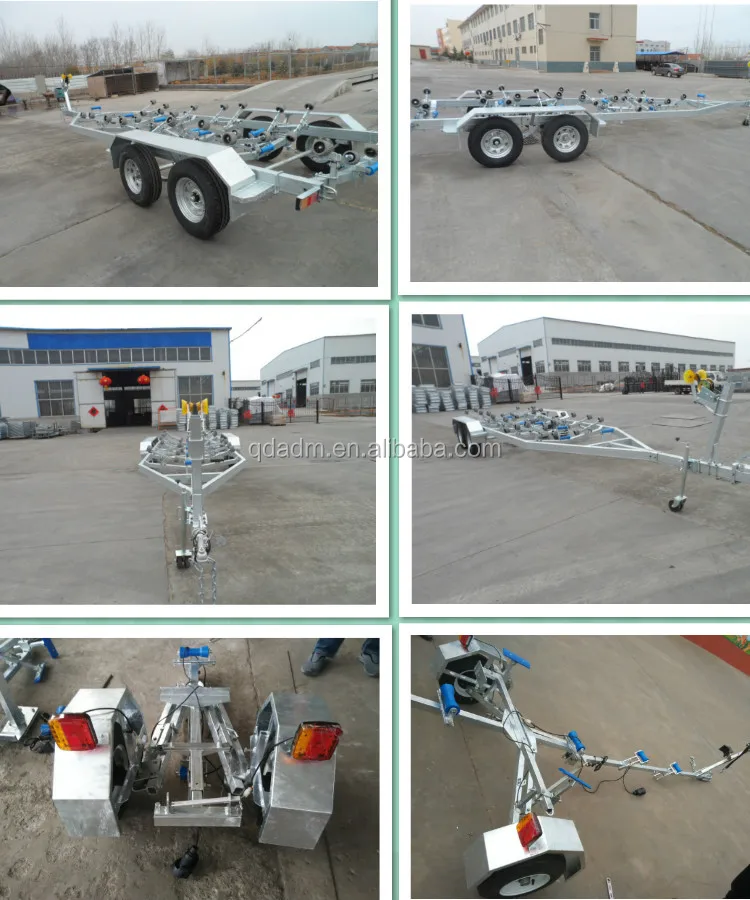
On the territory of Russia, the unit of air pressure in tires is Atmosphere (1 atm. = 1 kgf / cm²) In the tables of manufacturers, the Atmosphere is often equated with another unit - Bar (1 bar = 0.98 atm) due to the close value.
American automakers report values in PSI (1 psi = 1 psi or pound/square inch).
When marking car tires to indicate the maximum allowable pressure (MAX PRESSURE), manufacturers use Kilopascal (1 kPa = 6.895 psi).
Conversion of units of measurement is carried out according to the formulas:
Important! Normal tire pressure does not depend on the brand of tires, but on the brand of your car and its manufacturer's recommendations.
| Technical atmosphere (at or at) = kgf/cm2 | (BAR), bar | (PSI) Pound-force per square inch | (ATM), physical atmosphere | kPa (kPa) , kiloPascal | |
| Technical atmosphere (at or at) = kgf/cm2 | — | 0,980665 | 14,223 | 0,96784 | 98,066 |
| (BAR), бар | 1,0197 | — | 14,504 | 0,98692 | 100 |
| (PSI) pound-pound per square inch | 0.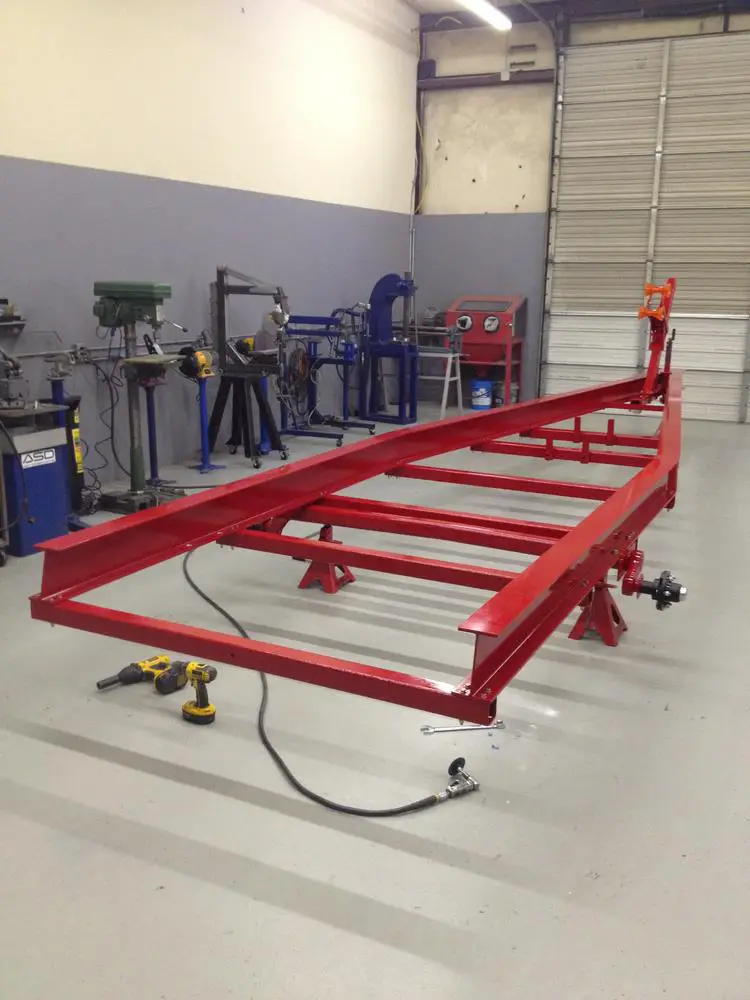 070307 070307 | 0.068948 | - | 0.068046 | 6,894745 |
| (ATM), | 907, 1,1,1,1,1,A, physical atmosphere, physical atmosphere, physical atmosphere, physical atmosphere, physical atmosphere 905 1,1, 0132514.696 | - | 101.348 |
Pointer
Mechanical, spring type. Relatively inexpensive, gives readings accurate to 0.1 unit
Rack and pinion
Coil spring. Reliable, affordable, easy to use
Digital
With digital display. A more modern alternative to mechanical devices
Indicator cap
Miniature device for each wheel. Sold as a set of four. Screwed on instead of conventional caps, works very clearly, the color of the indicator depends on the tire pressure
External sensors-caps
Electronic tire pressure and temperature indicator.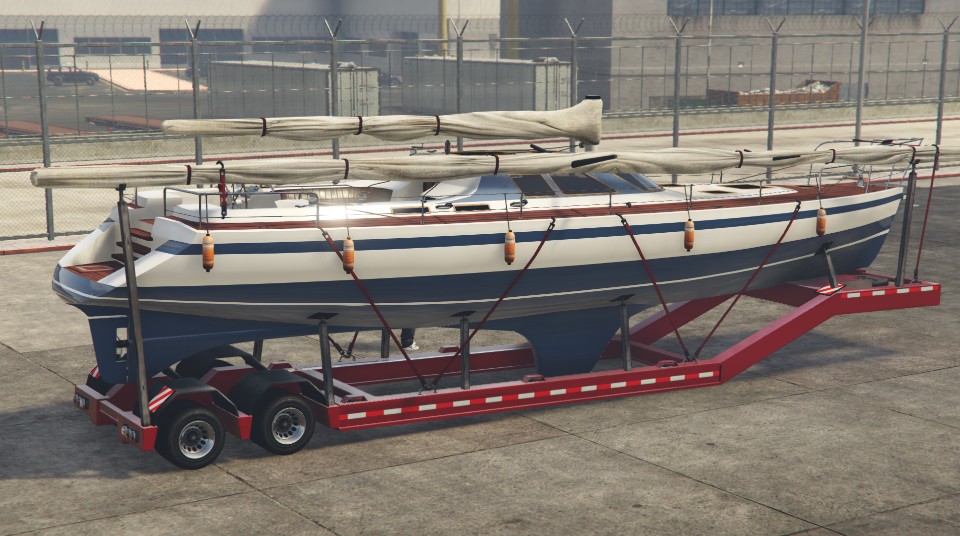 Modern high precision online control device
Modern high precision online control device
Important! Pressure measurements are made before a trip in "cold" tires, after several - at least 5, optimally 8 - hours of rest.
For the convenience of motorists, manufacturers place information about the correct pressure in the front and rear wheels so that it is always easy to refer to it. Reference plates in cars of different brands can be located on the central pillar on the driver's side, on the inside of the gas tank cap, on the end of the driver's door.
Due to the fact that the air pressure in any enclosed space changes by 0.1 atm. with temperature fluctuations for every 8-10 degrees, winter and summer tire inflation have differences.
In the summer heat, due to significant - up to 40-50 degrees - heating of the road surface, increased adhesion to its surface and friction, the temperature with pressure in the wheels can seriously increase.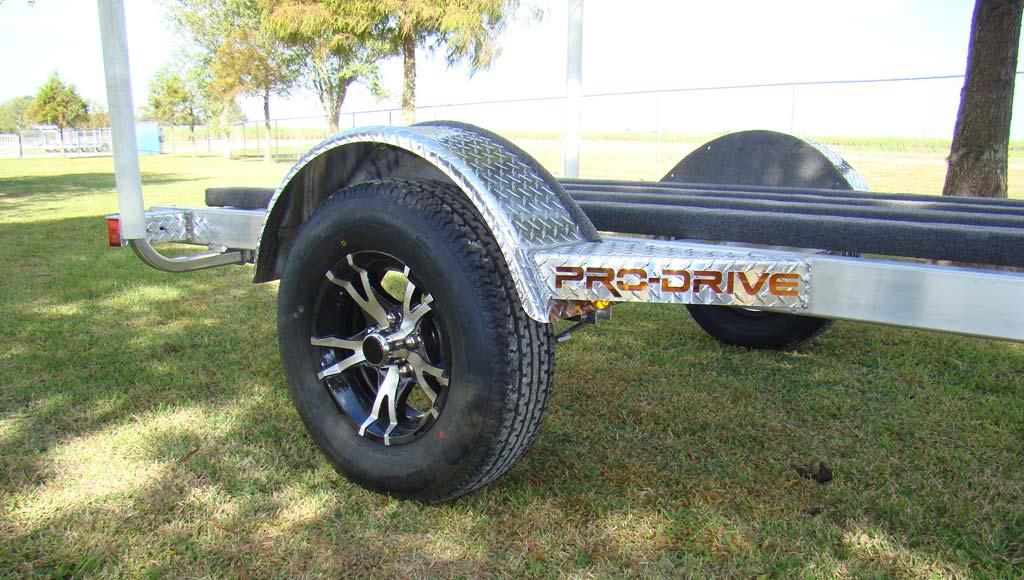 To avoid the possibility of tire explosions and other emergencies, when inflating tires in summer, consider:
To avoid the possibility of tire explosions and other emergencies, when inflating tires in summer, consider:
In winter, the cold and cooling of the road surface leads to a significant drop in pressure inside the wheels of the car, which reduces its stability on the road. What are the features of tire inflation in winter:
Important! Even if you are not a professional driver, use the pressure gauge at least once a month and before every long journey. When changing the season with frequent temperature fluctuations, it is better to reduce this interval to at least 2 weeks.
Do not underestimate the deviation of tire pressure from optimal values, in most cases it leads to negative consequences. Consider separately both options for changing the norm.
When the pressure gauge decreases, the contact of the wheel with the road is ensured only by the extreme points of its surface.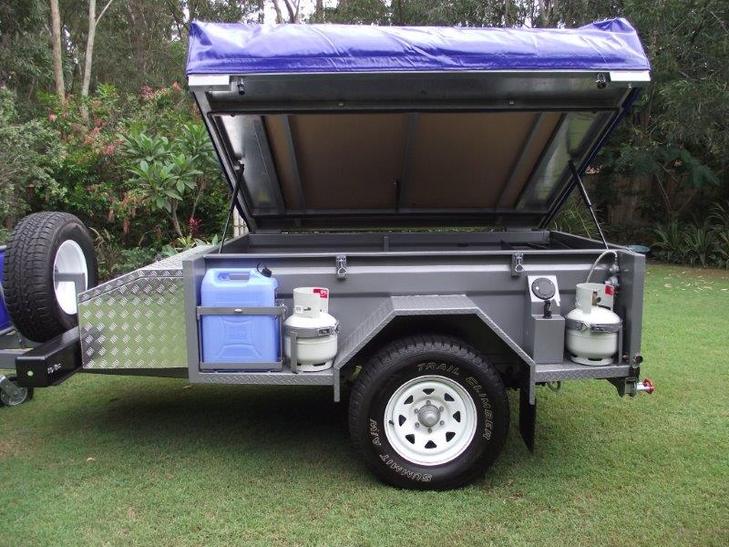 Visually, this is almost impossible to determine, but this situation leads to a number of troubles:
Visually, this is almost impossible to determine, but this situation leads to a number of troubles:
When the pressure gauge readings exceed the optimum value, the wheel is in contact with the roadway only in its central part. As a result, the following happens:
However, the worst situation is when the pressure readings on all wheels differ. In this case, the car rolls towards the least inflated wheel. Fuel consumption can increase up to 10%.
At the same time, there are a number of cases when a deliberate deviation of tire pressure from the norm by 10-12% can resolve a difficult situation. For example, lowering can help out on bumps, sand, viscous mud or wet grass - the wheel artificially becomes soft and behaves like caterpillars, increasing cross-country ability. Small pumping is shown when driving on highways at high speeds. Adding atmospheres for the rear wheels makes it easier to haul cargo.
What pressure should the tires of a car be? With the current level of competition between automakers, each of them puts the safety, reliability, and comfort of their product in the first place. Therefore, factory standards are verified, tested, optimal values that should be followed.
If you cannot find your car manufacturer's recommendations for the correct pressure, you can call any official dealer of the company or use the following table of average values for all brands of cars and trucks:
Source
Tire pressure from R13 to R18
Correct auto tire pressure. What should be the tire pressure? Review from Avtozvuk.ua
90 {444b3c0add4017d84cf0a7f1ee4b0faebd7fa1b4cd8b82eb19dc9be750045120}
CHECK TIRE PRESSURE!#avtoschoolboy#pressure#tires
Main road - Tire pressure
Tire pressure indication on the dashboard.